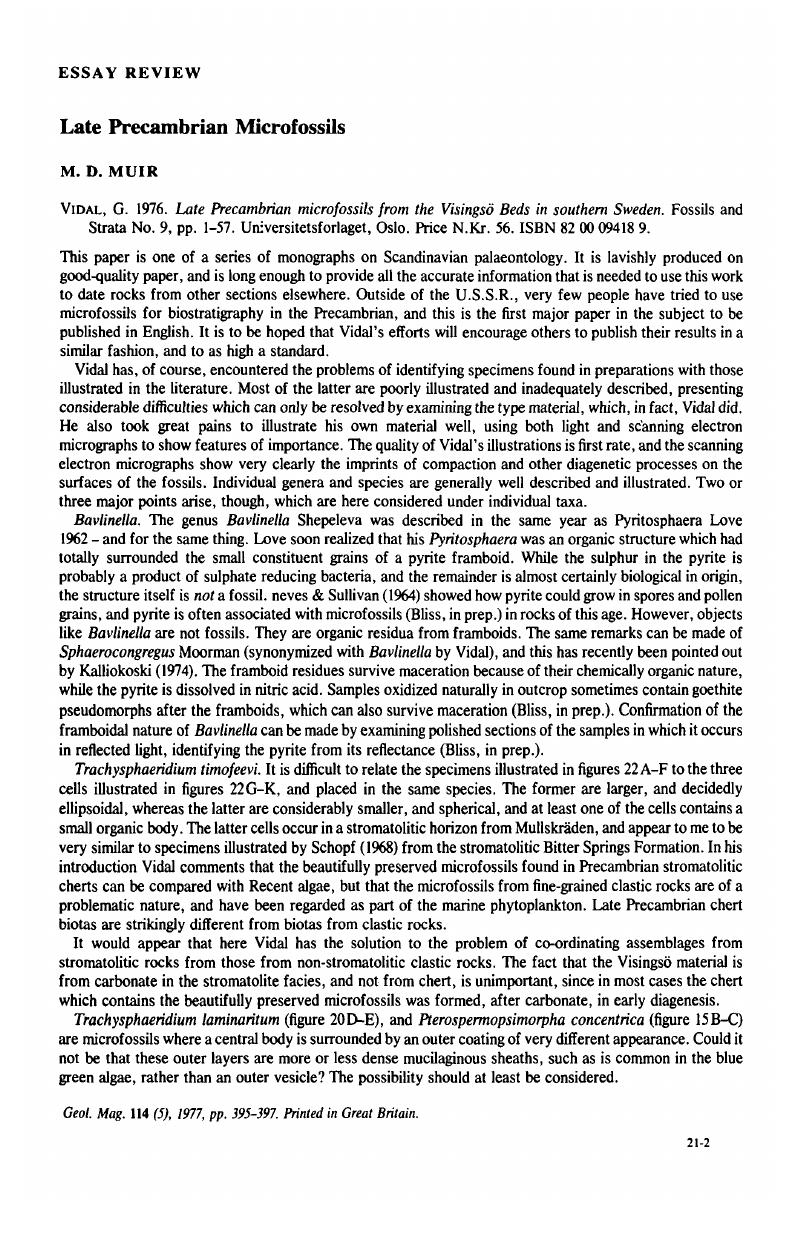Crossref Citations
This article has been cited by the following publications. This list is generated based on data provided by Crossref.
1984.
Geology of the Grand Canyon.
p.
46.
Foster, C.B.
Cernovskis, A.
and
O'Brien, G.W.
1985.
Organic-walled microfossils from the Early Cambrian of South Australia.
Alcheringa: An Australasian Journal of Palaeontology,
Vol. 9,
Issue. 4,
p.
259.
Wen-long, Zang
and
Walter, M.R.
1992.
Late Proterozoic and Early Cambrian microfossils and biostratigraphy, northern Anhui and Jiangsu, central-eastern China.
Precambrian Research,
Vol. 57,
Issue. 3-4,
p.
243.
Yuan, Xunlai
Xiao, Shuhai
Li, Jun
Yin, Leiming
and
Cao, Ruiji
2001.
Pyritized chuarids with excystment structures from the late Neoproterozoic Lantian formation in Anhui, South China.
Precambrian Research,
Vol. 107,
Issue. 3-4,
p.
253.



